As a digitisation company, NZMS primarily deals with documents, photos, slides, ephemera, and the microfilming of newspapers. We also have a small audio-visual division helping to digitise obsolete audio-visual materials mainly of the magnetic tape format – cassettes, open reel audio tape, VHS and Beta videotape, 8mm and MiniDV video tape. We can also digitise vinyl records, DAT audio tape, mini disc, and 8mm/16mm film.
A Unique Challenge
Although, every now and then, the AV department is presented with something that we are unsure of. It is usually an obscure and obsolete media format that we have never encountered. In most cases, the format was so limited in its original existence that finding the original machinery to play the media and extract the information from it is impossible. It just does not exist any longer and if we were to find an operating machine it may not work in a way that makes extraction of the material easy.
Recently while working with the ANZ Bank Archive just such a conundrum arose. Most of what we have been digitising for them has been VHS tapes. We have also had the odd Beta tape, some cassette tapes, a handful of open reel audio tapes, and quite a few DVDs.
The object of interest that we had not encountered and set us a challenge was in a small plastic box that showed up in the final batch of material.
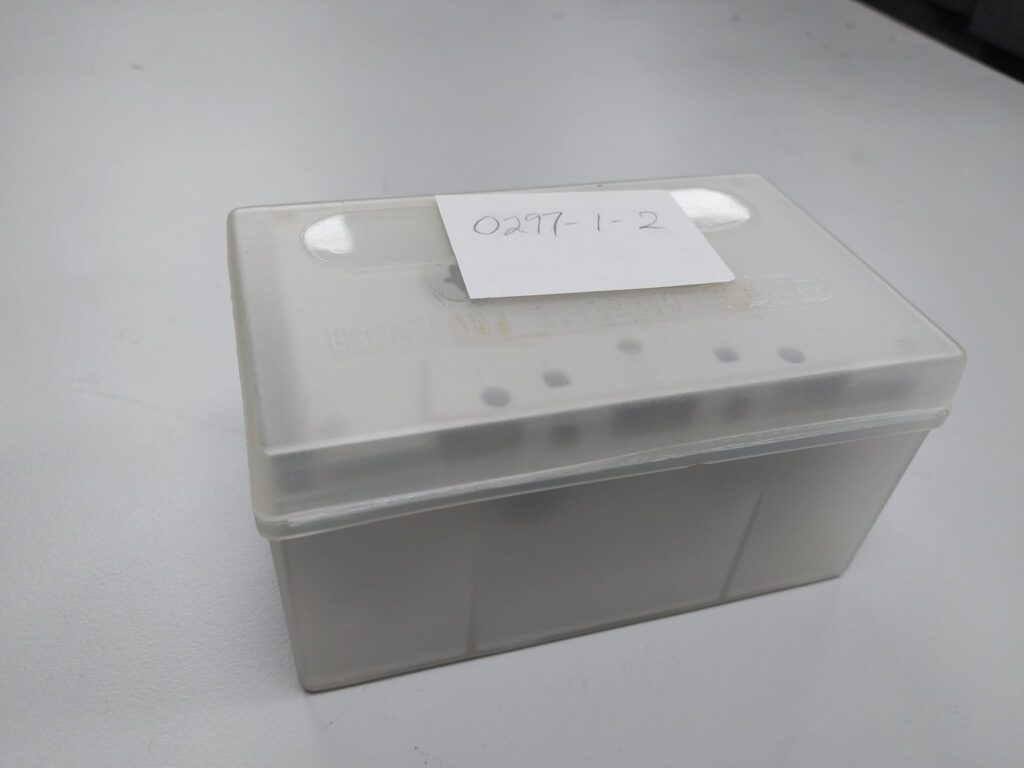
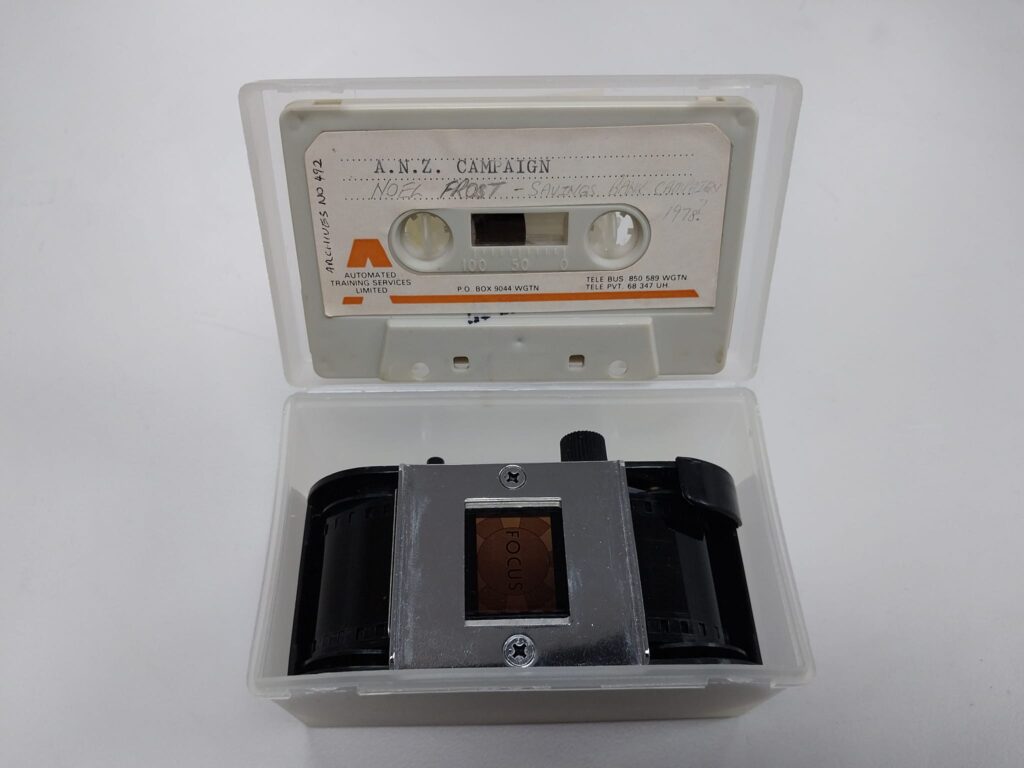
The box contained an audio cassette tape and a film cartridge that contained a reel of slides.
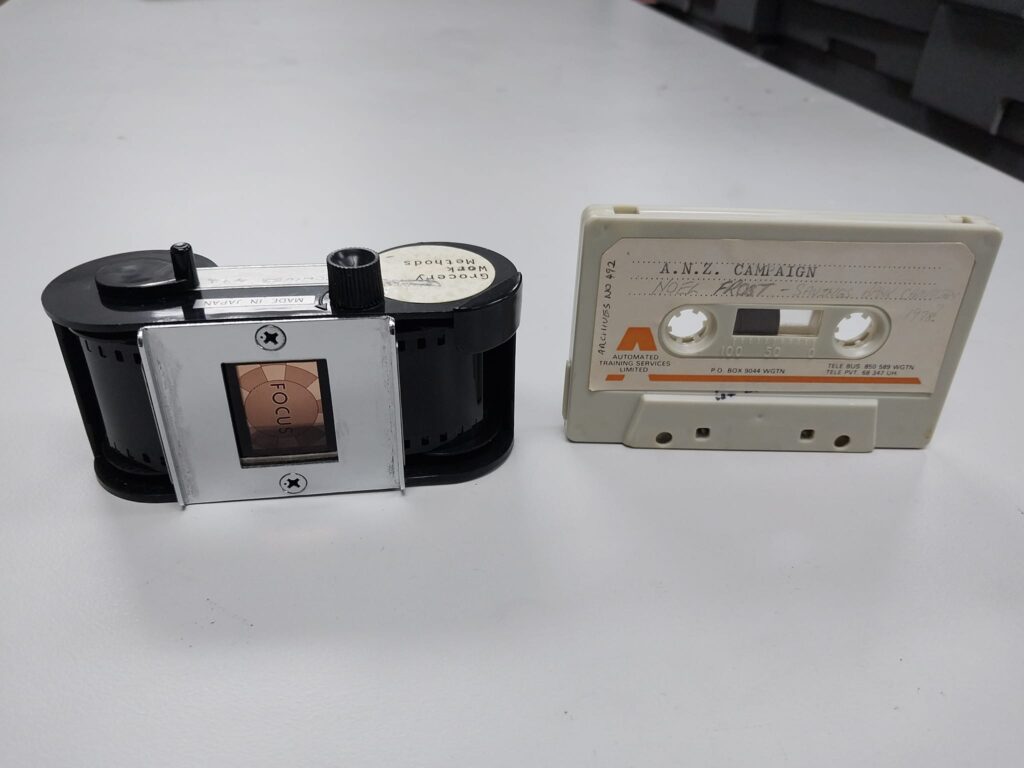
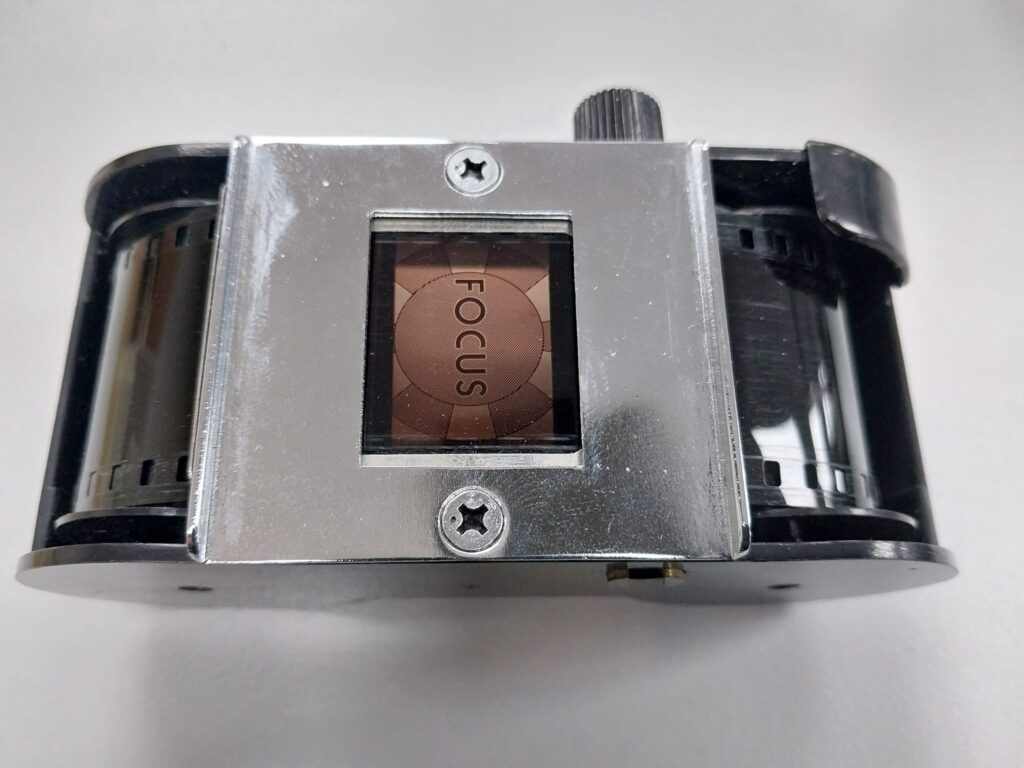
How do we play this and how do the two media formats link with each other?
Unraveling the Mystery
To start our investigation, we saw the box had “Lucky Cassette Projector” etched on it. So, the best place to start was Google. Typing in Lucky Cassette Projector took us instantly to pictures of a projection machine that appeared like it could accommodate both the cassette and the cartridge. While very little information other than the pictures was available, at a rough guess this machine was from the 1970s.
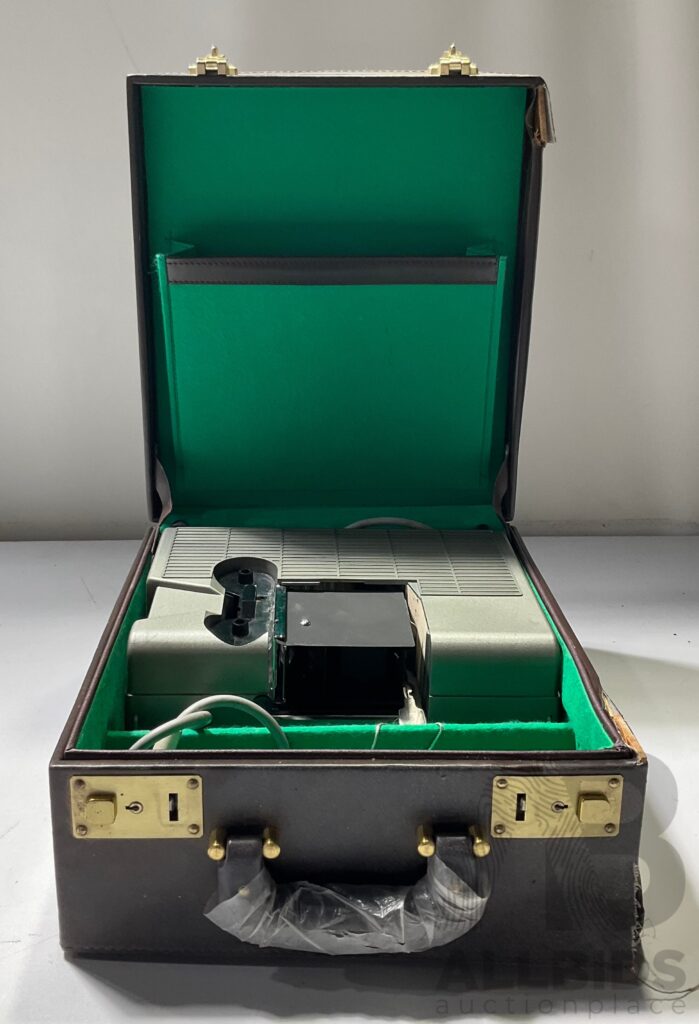
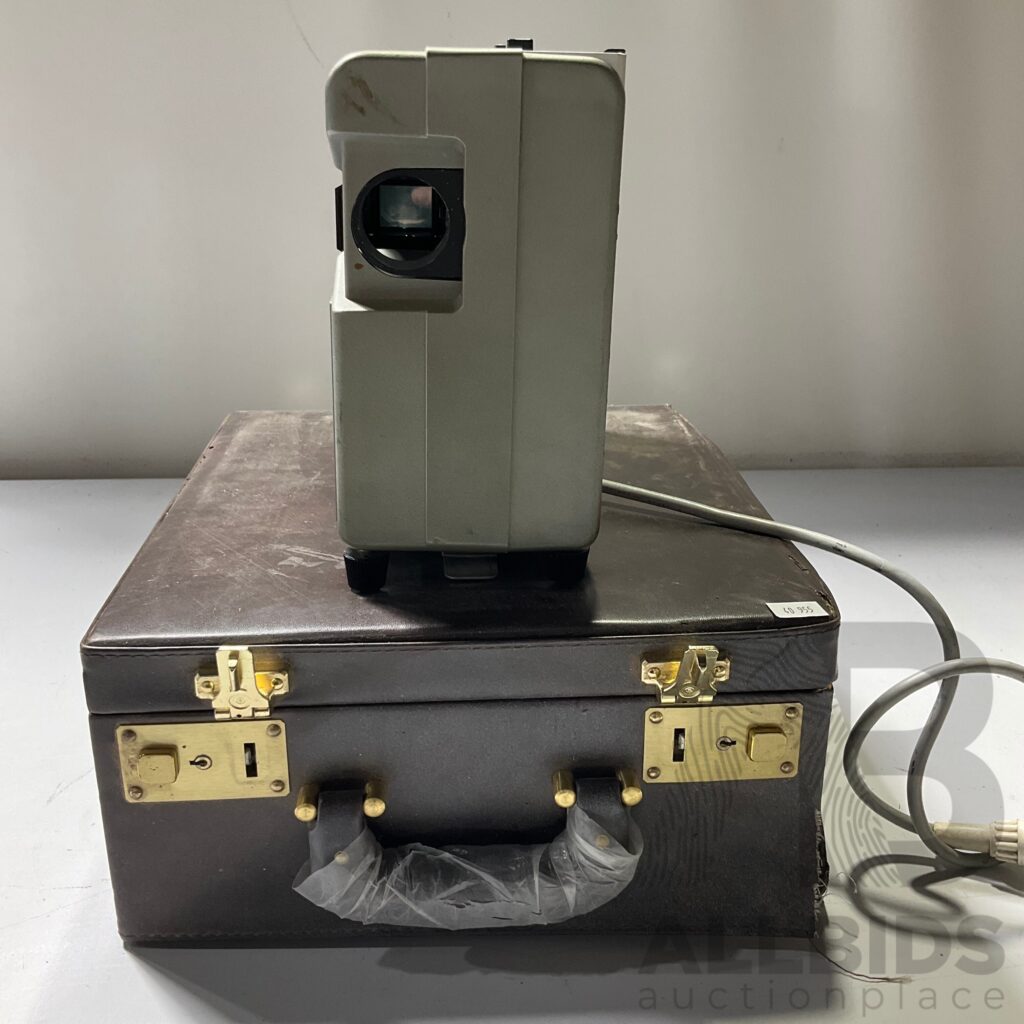
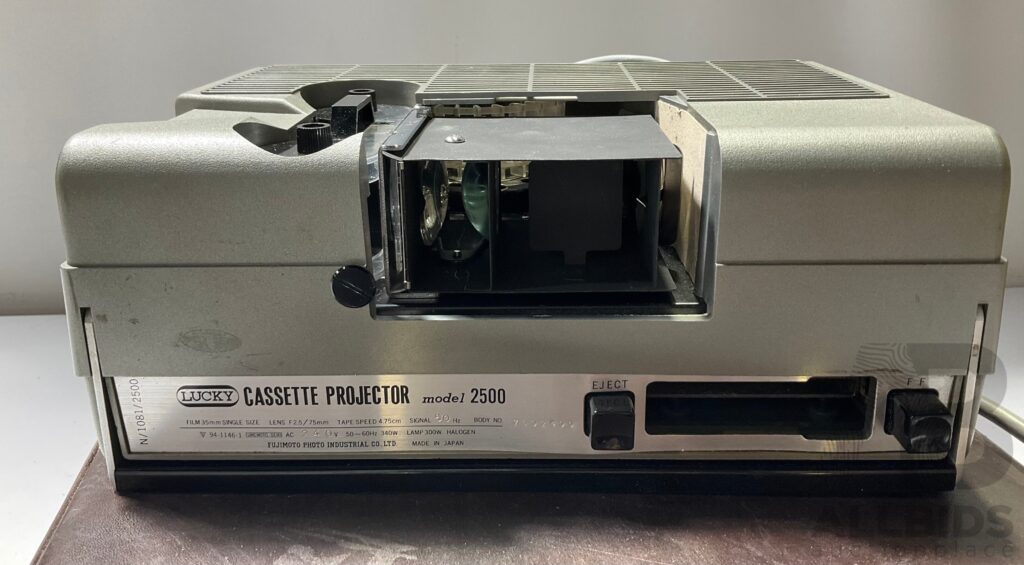
The likelihood of us finding one of these machines in working order was not very high. It did, however, allow us to understand how the two components worked together.
Analogue to Digital
The cassette contained a narration soundtrack to the sideshow. Contained in that soundtrack at regular intervals were audible beeps. These beeps were clearly triggers that informed the slide cartridge to wind on to the next slide to match the narration.
So how would we go about extracting the information and putting it into a modern-day viewable format?
The cassette was easy. We just captured the audio from it in the same way we do the many cassettes we receive. Using a cassette player and capturing it digitally through an analogue to digital interface and audio capture software we ended up with a .wav file of the recording.
For the slides, we brought our in-house photography expert on board. He placed the cartridge on a lightbox. We were able to see the slides through the window on the cartridge.
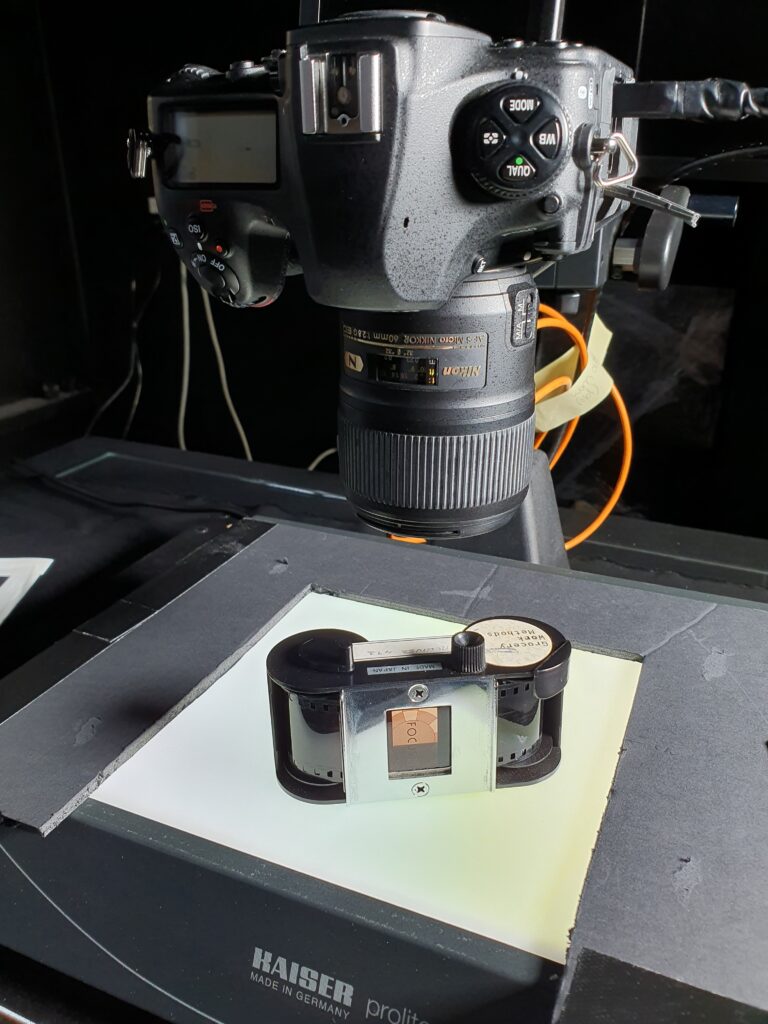
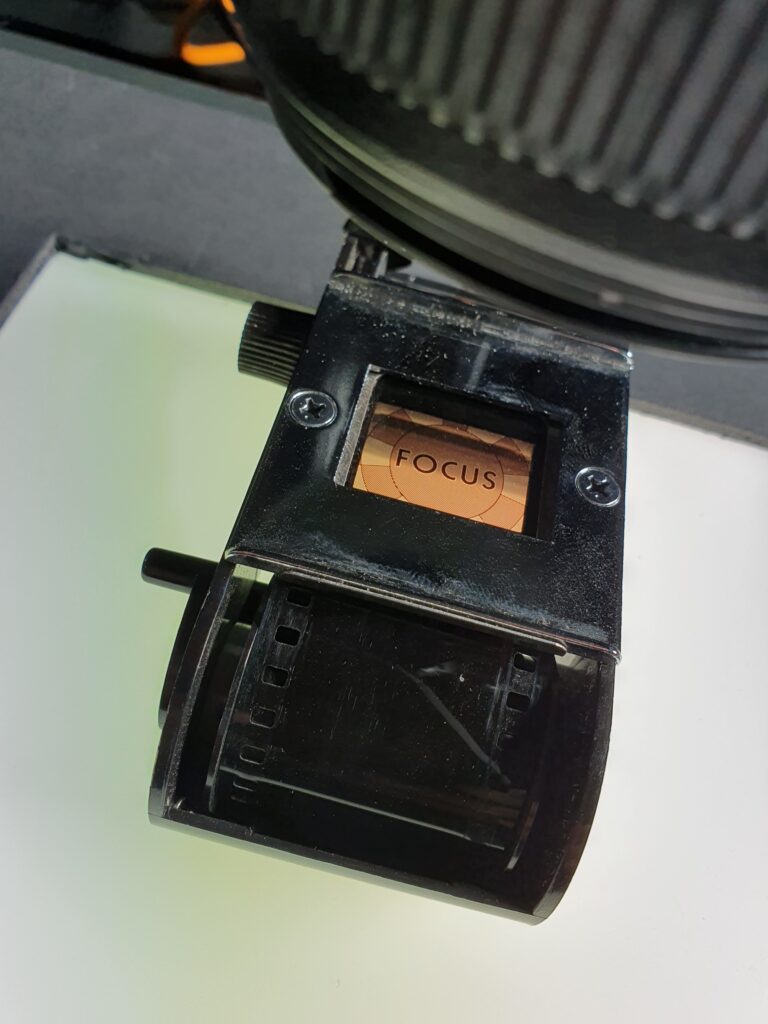
Using a Nikon d850 digital stills camera with a 60mm macro lens, we were able to photograph each slide as a tiff file. As we took one photo the cartridge allowed us to wind through to the next slide. The captured slides were then colour-corrected in Photoshop.
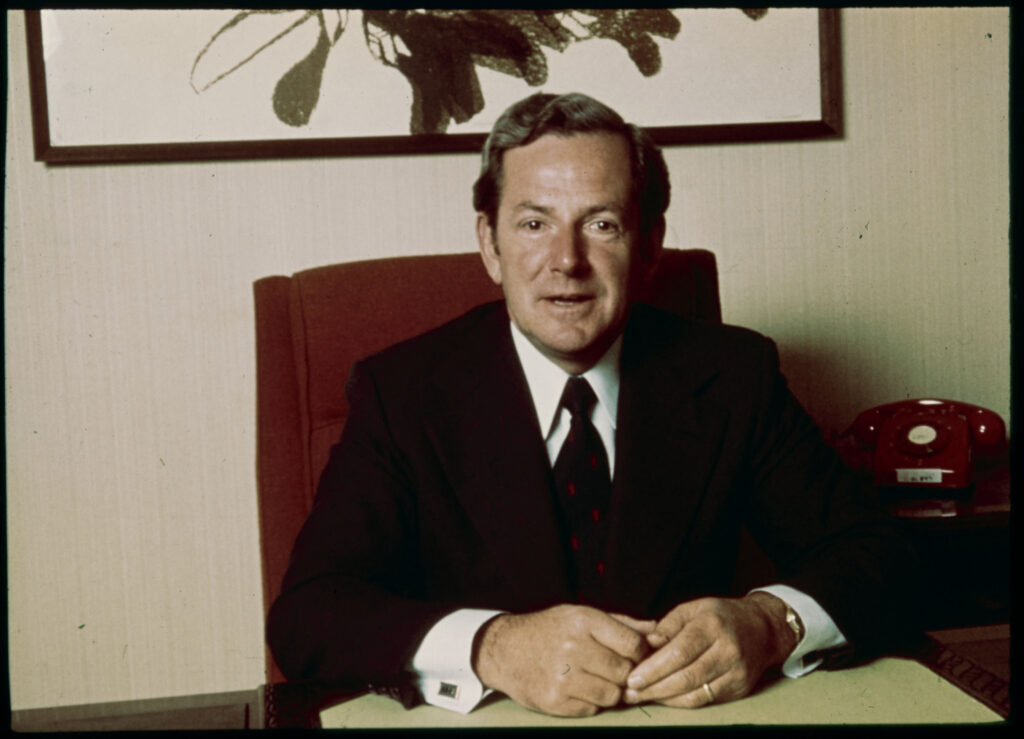
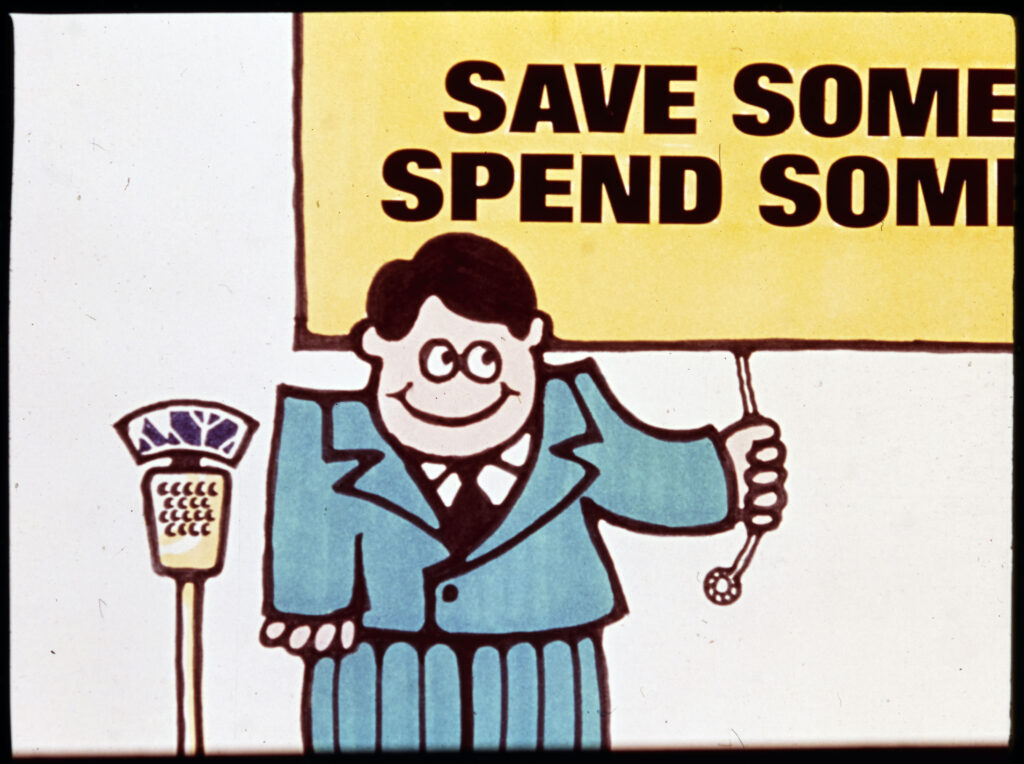
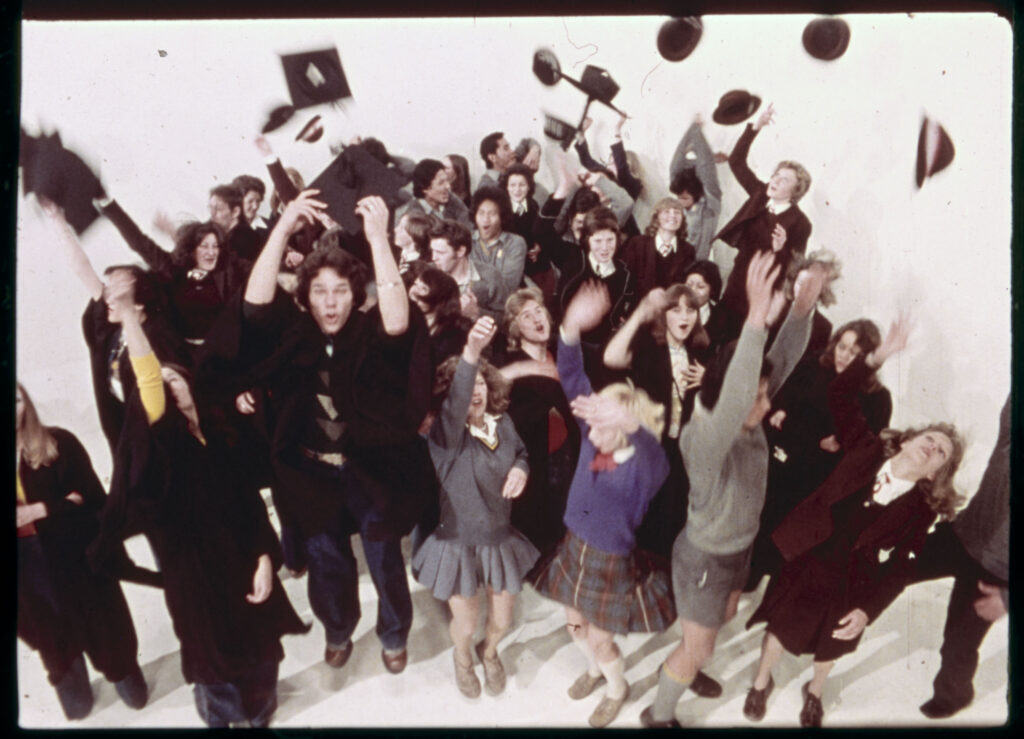
Bringing it all Together
Once we had all the audio and photo files, we imported them into Adobe Premier Pro video editing software where we were able to link the two file formats together. We laid down the audio in a sequence timeline and then placed the photo files in the sequence in order as they appeared on the slide reel. As the audio played through and beeped, we placed each slide matching the narration into the sequence. We then stretched the photo file along the sequence timeline until the next audible beep, then placed the next slide into the sequence and so forth.
In the end, we had a playable sequence that represented how the presentation would have played out had we had the original projector. We then exported this out as a .avi archive file and .mp4 viewable file to deliver back to the client.
NZMS is always up for a challenge. We are happy to look at any obsolete media formats to see if we can work out a way to convert the contained information to a digital format thus saving it from extinction.
Written by digitisation technician, Steve Hogg, NZMS’s AV expert.
